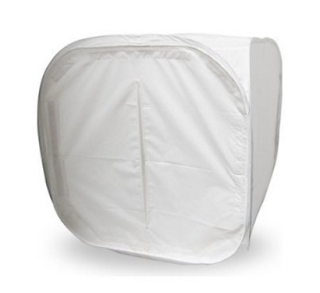I'm not really sure what kind of post this is.
An Honest Editorial?
A new series?
A one-off thing?
Who knows...
But you guys can let us know if you want us to turn this type of thing into a series. ;-)
First thing -- we are NOT professional photographers.
We are not even unprofessional photographers.
We are the amateur of the amateurs of the amateurs.
But we have spent a good deal of our life
looking at art and art photographs
(for reasons which we would get into but then
you'd know for sure that we should be institutionalized).
SO...
We know what good photography should look like.
Whether or not we can produce it ourselves is an entirely different matter.
Derp.
But we wanted to at least try to help y'alls out with our tiny bit of knowledge.
Which brings us to catchlight.
See this post:
...for help with studio lighting (i.e. indoor photography with professional lighting).
And in that post you'll read this about catchlight:
"The Eyes Have It
Where do your eyes end up on this model? On her eyes.
And what helps draw you there?
The lovely white glint in her eyes. This is called a catchlight.
A catchlight is a white spot in a person’s eyes and is key to make the person look alive.
“Catchlight: Light that reflects in a subject’s eyes and adds life to the portrait. Either a flash or reflector panel is used to create catchlight.”
The easiest catchlight is made by turning on your camera’s flash,
using it as a 'fill-flash' and getting a reflection off the eye."
From wikipedia:
"Audiences usually perceive eyes without specular highlights to be lifeless or evil, and for this reason many cinematographers specifically eliminate catch lights on antagonistic characters."
Read that ^^^ again.
___________
There doesn't seem to be an online consensus as to
whether I should be calling it "catchlight" or "catchlights."
Like the effect is just catchlight.
Or the eye lights are called catchlights.
We're just going to go with it as "catchlight" - a lighting effect.
Haha. Derp again.
We do post doll pics without catchlight --
but we try to make the majority of our pics have it.
It makes the doll look alive, vibrant.
And once you notice it, you'll be able to tell
that it really does help improve a photograph.
Can you imagine Vermeer's "Girl With a Pearl Earring"
without catchlight?
Those tiny white dots make a huge difference.
For Vermeer's work they are the
difference between a live, breathing subject and just a lifeless painting of a girl.
For your doll photography, they don't have to be white dots, of course.
Just brighter glints in the eyes.
And both eyes.
Just one eye won't do the job.
Blogger won't really post my high-quality pics,
so visit our Instagram:
...to see what we are talking about.
Look at our pics and look for the catchlight.
Look at your own pics.
Look for the catchlight.
This is a fun game, isn't it?
Haha. ;-)
Lately we have been working with a light box, experimenting really...
...as you can see in these blurry pics:
(Thanks, Blogger for the blur)
It's our attempt at indoor studio photography.
Again, we aren't pros.
But we are trying, haha.
And we know a lot of people --
-- especially sellers and sewers/sewists --
-- use indoor photography.
So we wanted to get the box and take it for a spin.
Or 5,000 spins.
This is similar to the kit we bought:
It is a 30" cube thingy.
Big enough for the dolls.
You can probably fit about 3 dolls in there as a group shot.
Our biggest problem is getting them to remain standing, haha.
So putting more than one in there at a time is risky. ;-)
But anyways -- a lot of our recent pics have been in this box
and we have been pretty successful at getting catchlight -- without flash.
Again, see:
...for examples.
So if you want to get that catchlight inside without flash, we recommend the box.
Just surround it with lights.
The box fabric will diffuse those lights.
And have the doll face whichever side of the box is brightest.
In our case, it's the side next to the open window.
And then that catchlight will appear.
If it doesn't -- keep adjusting the position of your doll,
and your camera until you find it!
This side of the box ^^^ above allows us to get 100% light diffusion
and we just poke our camera lens through the slot.
100% light diffusion means an all-over light that removes background shadows,
and lights the doll's face enough to get that catchlight.
And remember -- you want glints in both eyes!!!
The Eyes Have It!!
Again, we aren't pros -- but we wanted to give y'alls a head's up
about catchlight and how important it can be!!!
And now you know what those glinty eyeball things are called!!
So feel free to do more advanced research about how to get them. :-)
Thanks for visiting us today!!!











1 comment:
Great post! I just recently learned about catchlight as well and it really does make a huge difference! :)
Post a Comment